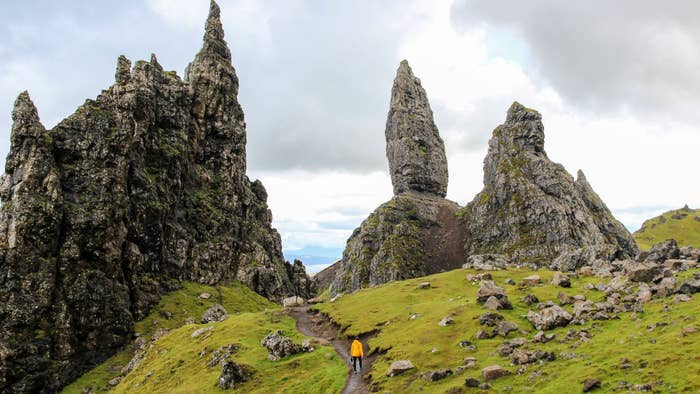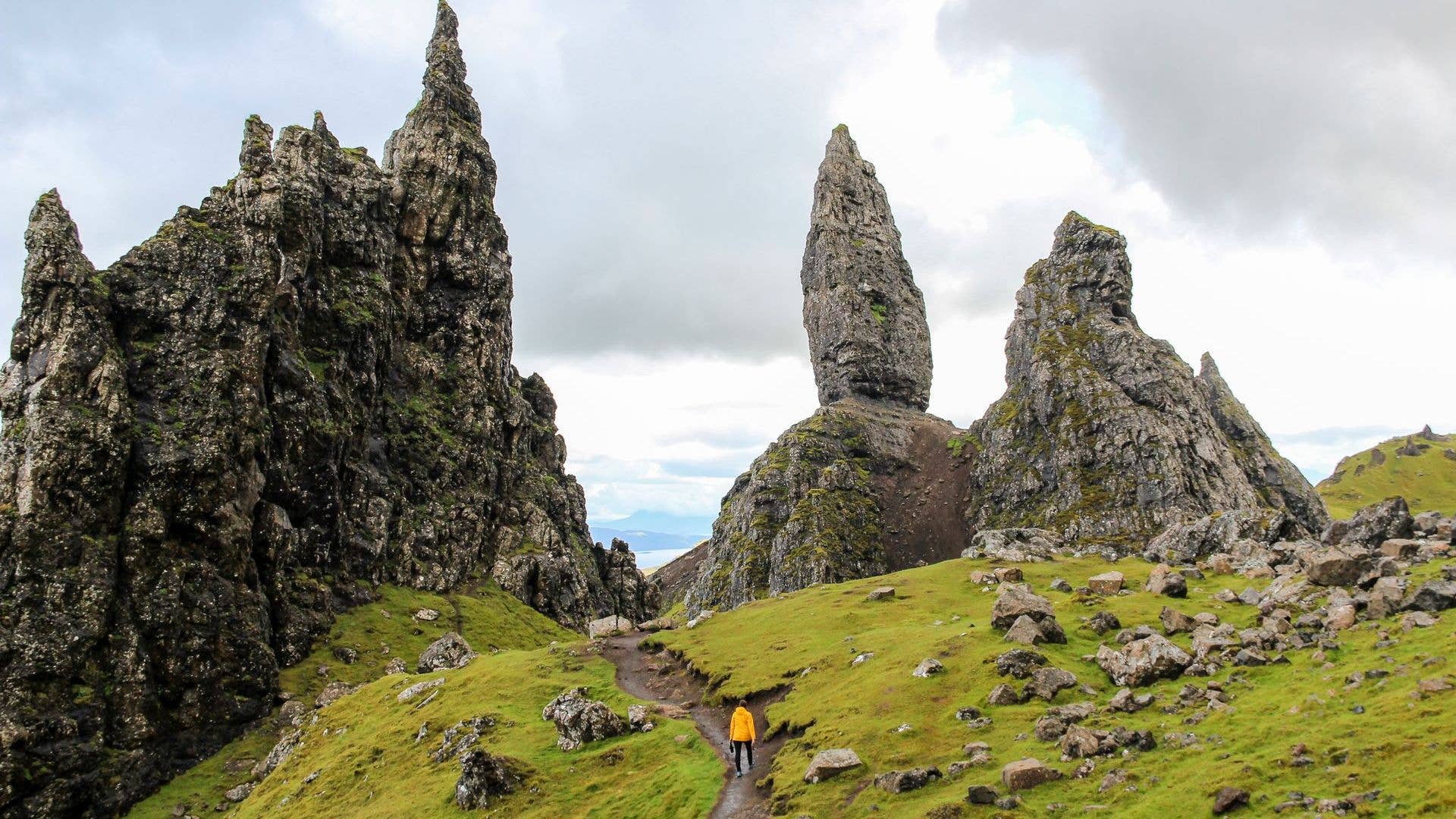
Five years ago, paleontologist Amelia Penny struck gold in Scotland’s Isle of Skye when she noticed a fossilized jaw amongst the terrain during a field study 2017. Now, the near-complete fossil reveals a 170 million-year-old prehistoric flying reptile that is “the largest of its kind ever discovered from the Jurassic period,” according to the National Museum of Scotland.
As cited by CBS News, Natalia Jagielska, a doctoral student at the University of Edinburgh who recently wrote a scientific paper about the discovery, described how rare this find is.
“Pterosaurs preserved in such quality are exceedingly rare and are usually reserved to select rock formations in Brazil and China,” Jagielska said. “And yet, an enormous superbly preserved pterosaur emerged from a tidal platform in Scotland.”
Steve Brusatte, a vertebrate paleontologist and evolutionary biologist at the University of Edinburgh who oversaw the original fieldwork in 2017, told NBC News that the final piece from the Pterosaurs fossil that his team uncovered weighed around 400 pounds.
“It was nearly midnight when we finished removing it, and we were heaving around 400 pounds off the beach with our torches and headlamps,” Brusatte said. “It was really the most stressed I’ve been as far as a discovery in the field.”
The Pterosaurs are described as the first vertebrates to fly, and this species, dubbed by researchers as Dearc sgiathanach, or “winged reptile” in Gaelic, is believed to have had a wingspan of roughly 8 feet. While the rock that the fossil was incased in weighed roughly 400 pounds, Brusatte says that the bones of the dinosaur itself were “featherlight” and “as thin as sheets of paper,” requiring precision and diamond-tipped saws to analyze.
Brusatte also noted that the bones of the Pterosaurs were not fully formed and the flying reptile was likely still growing at the point of its death.

